October 6 - October 20
- Rosa
- Oct 21, 2019
- 5 min read
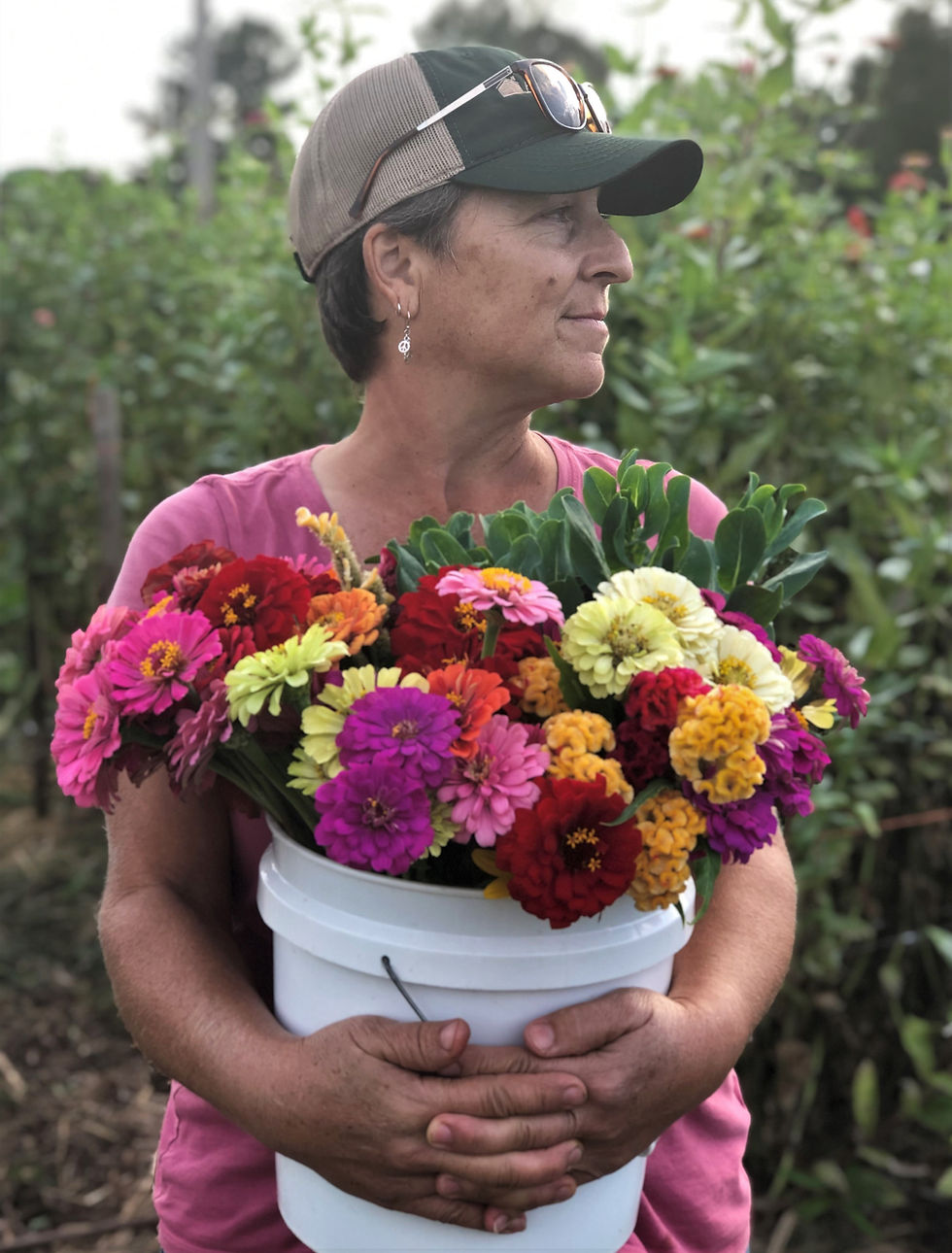
A New Home for the Little Ones
The Rhode Island Reds chicks are finally old enough to merge with the hens. We moved them in pairs from their childhood coop to the fenced yard. They took to the new run like ducks to water. They followed each other around, exploring the dust baths and feeders. The hens accepted them without a scuffle, as they are gentler and less concerned with social structure than our eldest flock. Everyone shared a some slices of watermelon as a move-in day treat.
Turning the Beds
In the vegetable garden, autumn colors speckled the okra leaves, and the remaining pods were stunted and tough. I cut down the stalks and pulled the roots, and brought compost in to renew the soil. Then the bed waited for a day, as it's new occupants were on the way through the mail.
Meanwhile, Concetta cleared the grass from the garden perimeter to make room for a new row of beds. Our plans for the field garden need a little more space, and we certainly don't need any more grass. We continue to build beds on top of the current ground, instead of tilling. No-till methods of soil cultivation help maintain natural soil biology and structure, which benefits the plants.
Garlic Galore
At last, our garlic arrived in the mail. We got several kinds, from hefty elephant garlic to a variety with more than a dozen little cloves. Each variety as unique flavors and prime uses, but all of them are grown the same way.
We began by breaking the garlic heads into individual cloves, setting aside any that were too small to grow successfully. (They can still be eaten successfully.) Then we sketched lines down the bare soil of the new beds. We pressed the cloves one-by-one along the lines, about 6 inches apart. Garlic plants barely take up any room, but a little extra space provides them with a better supply of water and nutrients.
Finally, we buried them, patted them firmly, and watered them well. Every bed got a thick layer of hay to hold in water and protect the garlic from the winter cold. The plants will have a time to grow some green shoots, but those will eventually die back until spring arrives. The cloves will fatten into heads and be ready to harvest next summer.
Seeds for Spring
With the weather cool and the frost rapidly approaching, the opportunity to sow the seeds for spring's flowers is closing. Not all plants can survive the winter, but the species that can survive often thrive. We got the last of these flowers into the ground, including sweet peas and Ranunculus. Remaining beds were sown with cover crops of clover and peas, which are frost hardy and help fix nitrogen for future flowers.
The cool weather is also perfect for transplanting. I removed the baby strawberry plants from their runners and planted them into new beds and empty spaces in the garden. There's less of a chance of heat and water stress now, and strawberries are perennial and relatively cold tolerant. Our strawberries made an excessive number of baby plants, many of which simply rooted around the original mothers. But some spilled into the paths, so they needed new homes.
Tea Time
The hibiscus harvests are continuing regularly, with no end in sight. I've been harvesting the fattest stalks of lemongrass, as well. I cut them into short segments and then slice those lengthwise into thin pieces. The shards of lemongrass dehydrate very well and store indefinitely for tea. I use the left-over leaves as wreaths, which fit into a mug for steeping.
I like the flavors of hibiscus and lemongrass together in tea; hints of ginger, lemon, and a bright sourness, all gentle enough to be refreshing. A teaspoon of honey makes it the perfect drink for cold mornings. Neither of the plants can survive the frost. We can transplant the lemongrasses into the safety of the house, but the hibiscus will be lost to the cold. We'll keep some seeds, though, and plant it again in the spring.
Harvest
Some of our plants are still chugging along, despite the changing weather. The zinnias and celosia are continue to attract butterflies and bees. The celosia, especially, seems to be favored by bumblebees; not for food, but rather for beds. They settle onto the soft flowers for sunny naps and nighttime rests.
Our peppers are producing as much as ever, especially the habaneros. Their fruit are a stunning orange that makes them very appealing, but I myself am to afraid to actually try them. (So's the dog.) The lima beans are racing against time to fatten their pods before the frost. We've never grown limas before, but they make pleasant spires of tiny yellow flowers, and the pods are quite tough even from a young age. Lillian loves lima beans so I'm excited to harvest them.
Testing the Luffas
Luffas are sprawling vines which produce remarkable fruit. They are in the Cucurbitaceae family, which includes cucumbers, pumpkins, and squash. Like their relatives, luffas can be eaten, but only when they are young (and they're unpalatable until cooked.) But it is the mature fruit that set luffas apart.
The fruit easily grow 15 inches long, often much more. When dried, they can be peeled and emptied of seeds. The network of fibers that remains is a loofa sponge. These sponges are excellent for exfoliating and cleaning. They can be used whole or cut into discs which look like massive, thready cucumber slices.
We harvested one yellowing luffa as and indicator for harvest time. Harvesting luffas is a little nuanced, as they need to dry but are susceptible to rot if left too long. Our luffa turned out to be quite under-ripe, still full of goo and guts. But the fiber was well-developed and beautiful, nonetheless.
Old Plants, New Life
Even the plants that have stopped producing their proper crops continue to offer useful treasures. The basil's flowers rise up in spires that feed the bees, and then dry into thousands of seeds. The peppers that are too tough for us are a treat for the chickens. Throwing the entire plant into their yards gives them something to pick through and bonus insect snacks.
The goldenrod and asters continue to bloom. Smaller pollinators, like skippers and our honeybees, seem to favor the myriad tiny blooms. In the mulch, Bird's Nest fungi are opening their splendid nests of spores. These mushrooms are everywhere in the paths now, seemingly thriving on the hardy meal of wood chips, whereas most fungi seem to prefer the more palatable hay. They're filling a vital niche in our garden ecosystem.
Harvest Dinner
Lilly and I collected the green tomatoes from old plants, the last of the okra, stunted eggplant, and some leftover sweet potatoes from a forgotten plant. We brought it to the kitchen for dinner. Everything got fried in cornmeal except for the potatoes, which we roasted in butter and cinnamon. I made a cup of tea and enjoyed one of the last full meals of summer veggies.







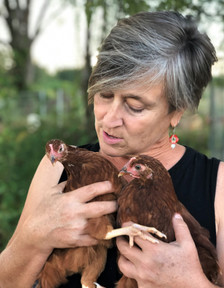





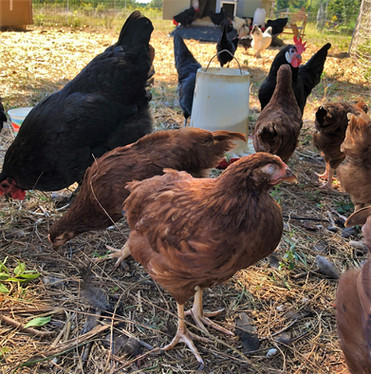

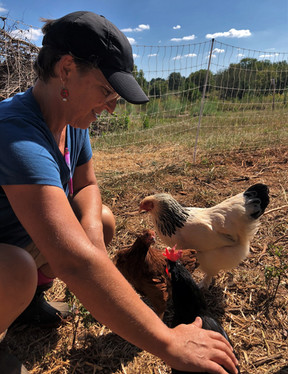





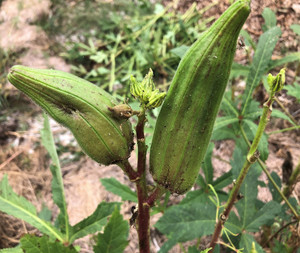



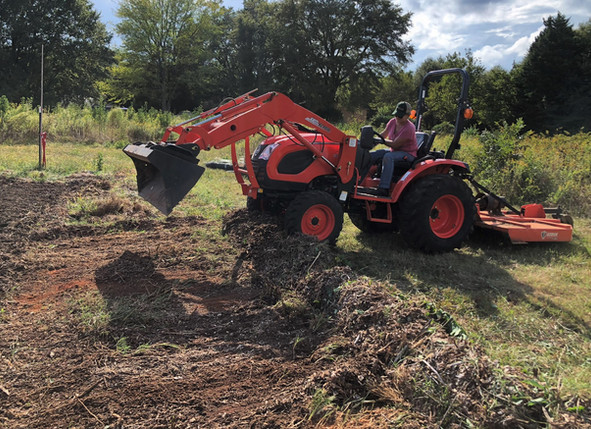





















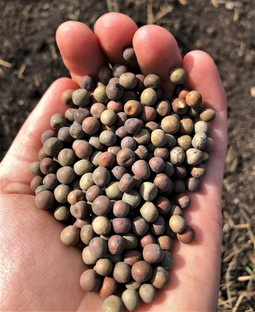









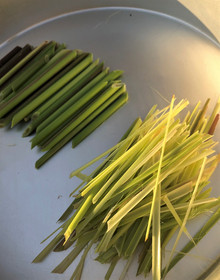






















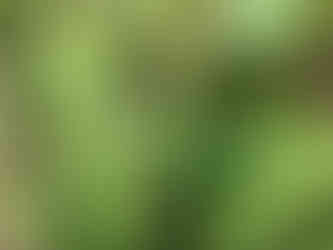
























Comments